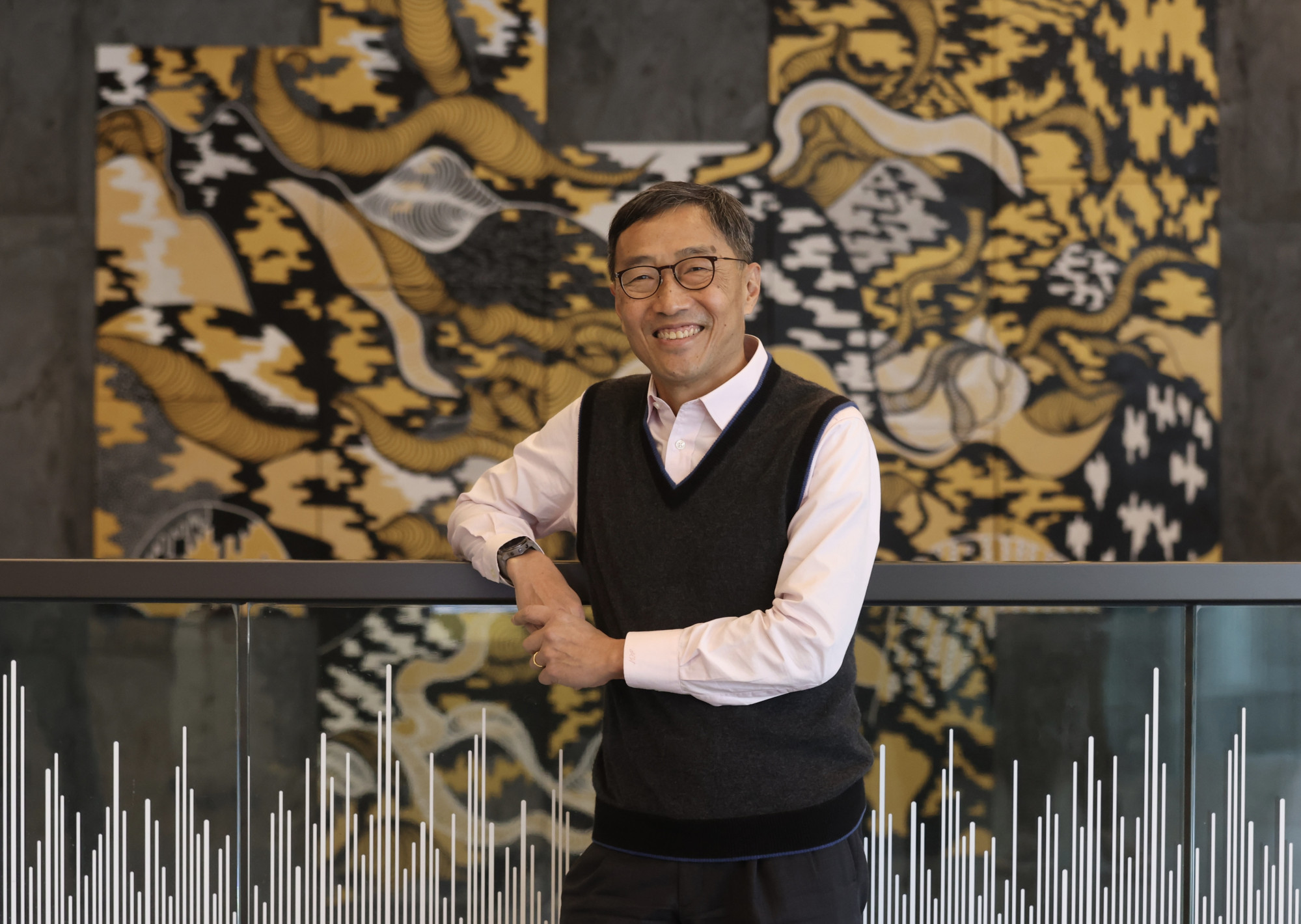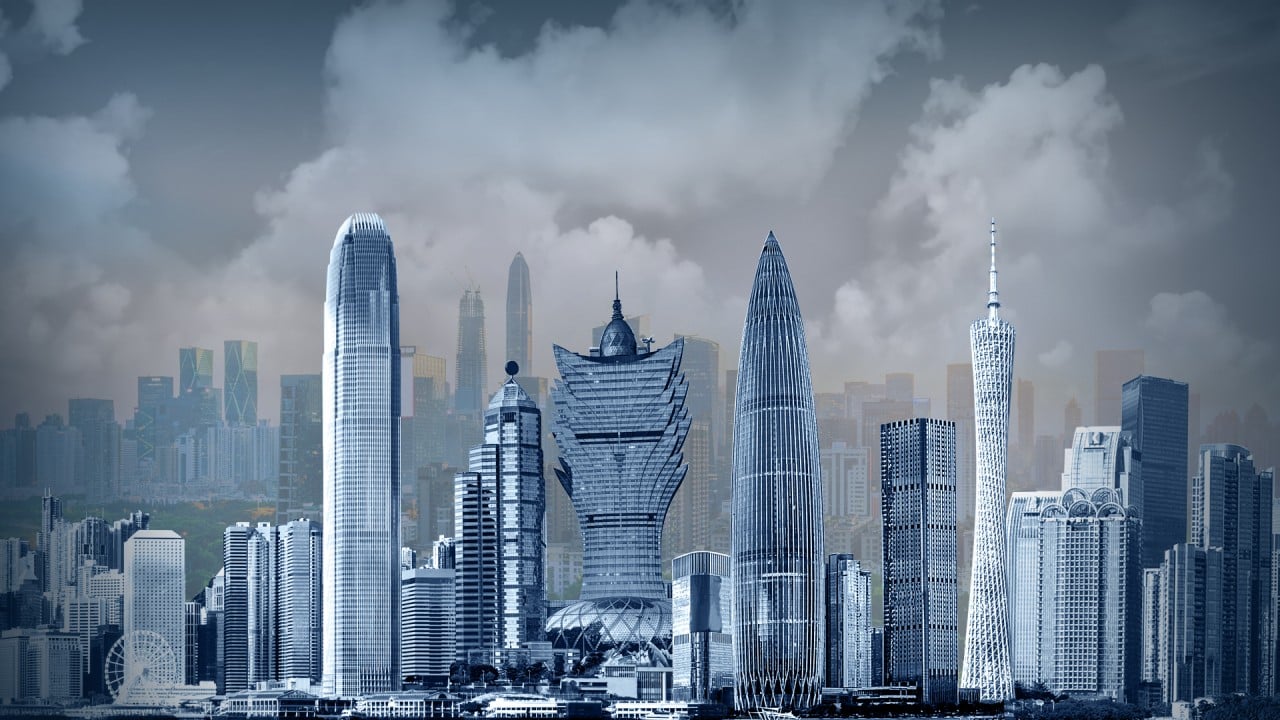
Without a solid land policy, Hong Kong’s innovation and technology ambitions are on shaky ground
- Hong Kong must quickly find the land needed for I&T development, provide affordable housing to draw talent and offer attractive property concessions like in Singapore and Shenzhen
The development of innovation and technology (I&T) is arguably a major factor that will determine the political and economic future of Hong Kong, and in turn, China.
For the first time, China had as many science and technology clusters in the index’s top 100 as the US, with Shenzhen-Hong Kong-Guangzhou ranked as the second top global S&T cluster after Tokyo-Yokohama.
But while Hong Kong enjoys a strong partnership with the rest of the Greater Bay Area, its existing property supply for I&T purposes is limited to about 8.5 million sq ft in gross floor area. In comparison, Singapore’s existing supply was 28.2 million sq ft at the end of last year.

At the same time, overseas companies are often wary of setting up I&T facilities in a place that lacks the relevant talent. The result is a dearth of private investment in R&D in Hong Kong, with only 42 per cent of the city’s I&T expenditure coming from private entities compared to, say, 77 per cent in South Korea.
Places like Singapore and Shenzhen remain more attractive due to their more comprehensive I&T ecosystem and policies to lure both talent and start-ups. Shenzhen, for example, offers I&T start-ups rent reductions of at least 80 per cent for the first rental year, followed by 50 per cent in the second and 20 per cent in the third.
But only about 3.3 million sq ft (gross floor area) of new I&T property is expected to come on stream in the next three to five years – a shortfall of more than 5 million sq ft.
To meet the targets and enhance Hong Kong’s competitive position, land supply for I&T and its related uses, such as housing, must be made a priority. Development-related statutory procedures, including land exchange, town planning and land resumption, should be streamlined to expedite the supply pipeline.
The Hong Kong government can and should also look to Singapore and Shenzhen for ways to attract I&T companies, especially start-ups, such as the terms and conditions for the sale and rental of I&T-allocated property. To balance the public interest, it can also consider a concessionary land price policy with a shorter lease and other industry-protective measures such as tenant admission criteria and rental policies.
Hong Kong’s high rents work against plans to bring back top talent
But without a concrete timetable and given the very real potential for delays, not to mention the need to work closely with competitor Shenzhen, Hong Kong’s I&T development is still on shaky ground. Now is the time to act so the industry, and its potential to shape our future and China’s, do not slip through the cracks.
Hannah Jeong oversees the Hong Kong operations for the valuation and advisory services team at Colliers


